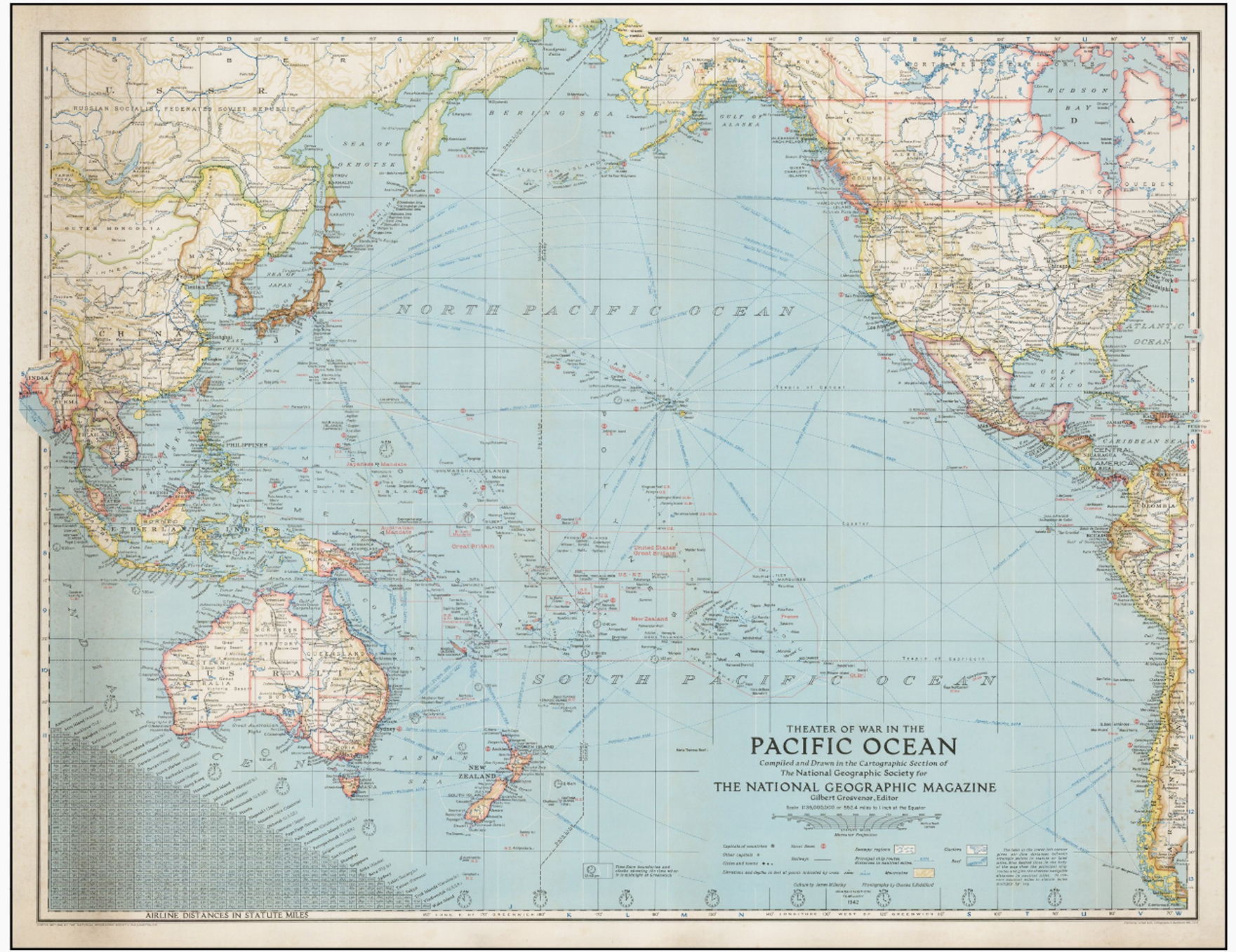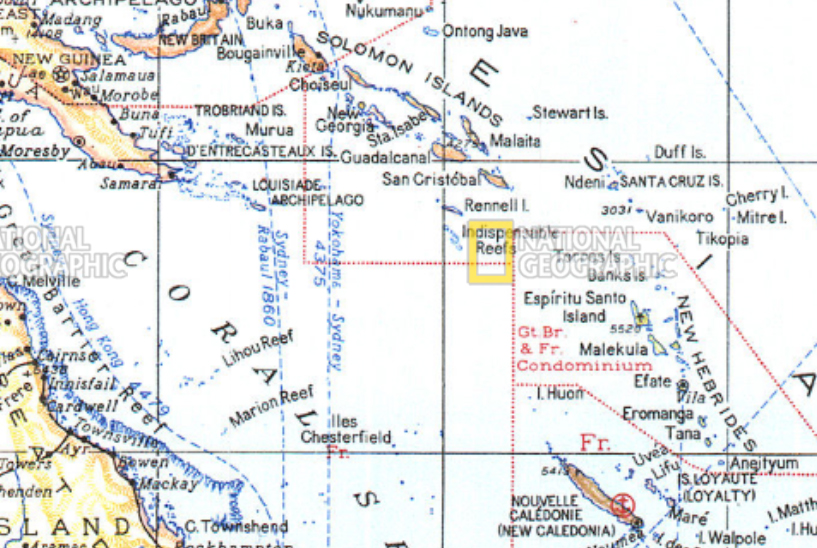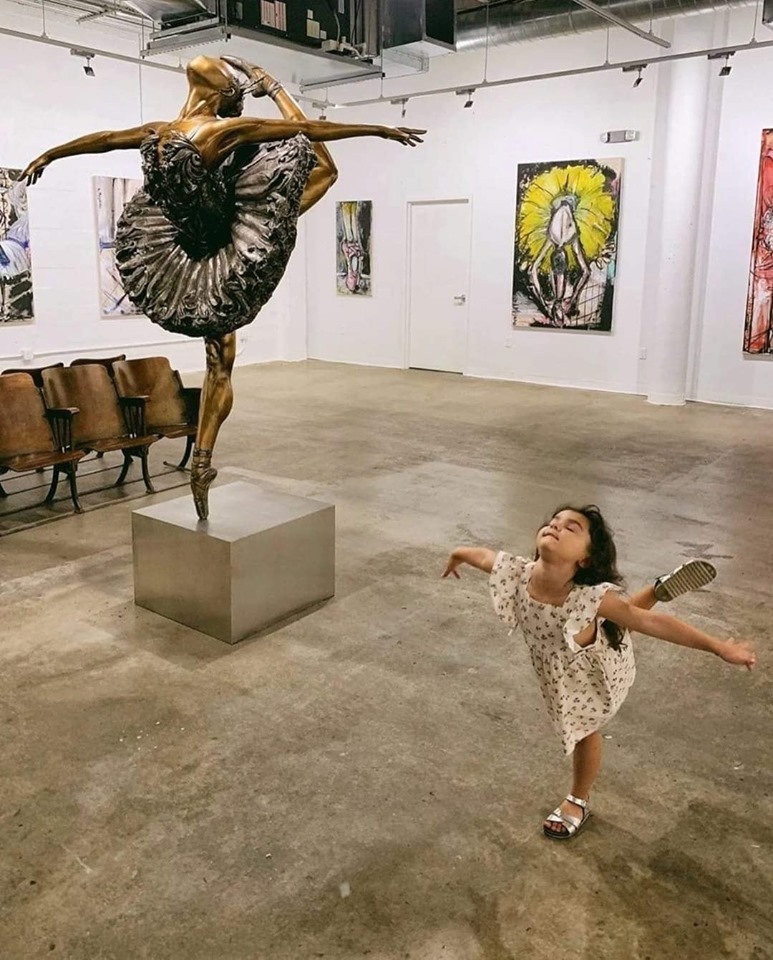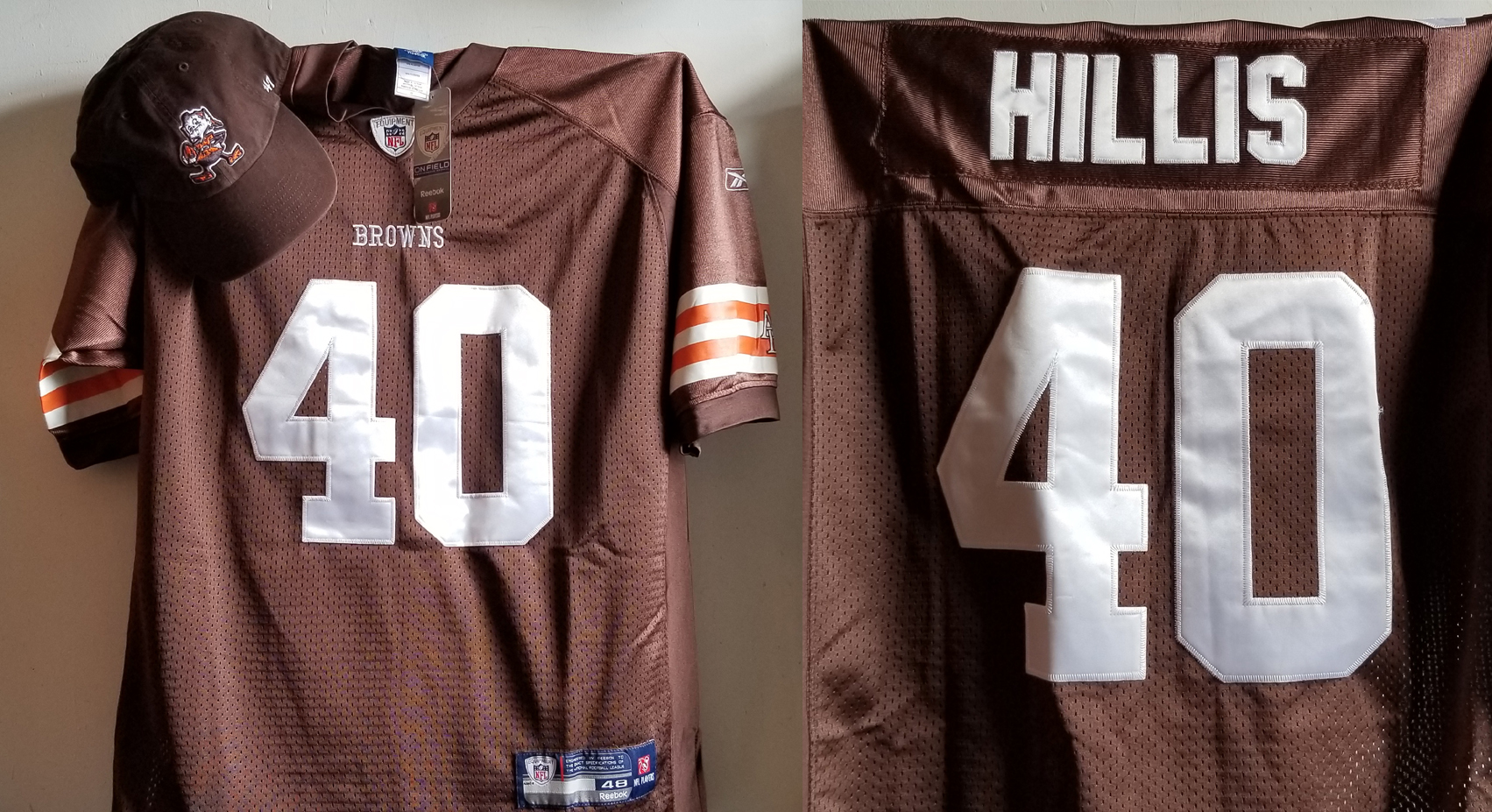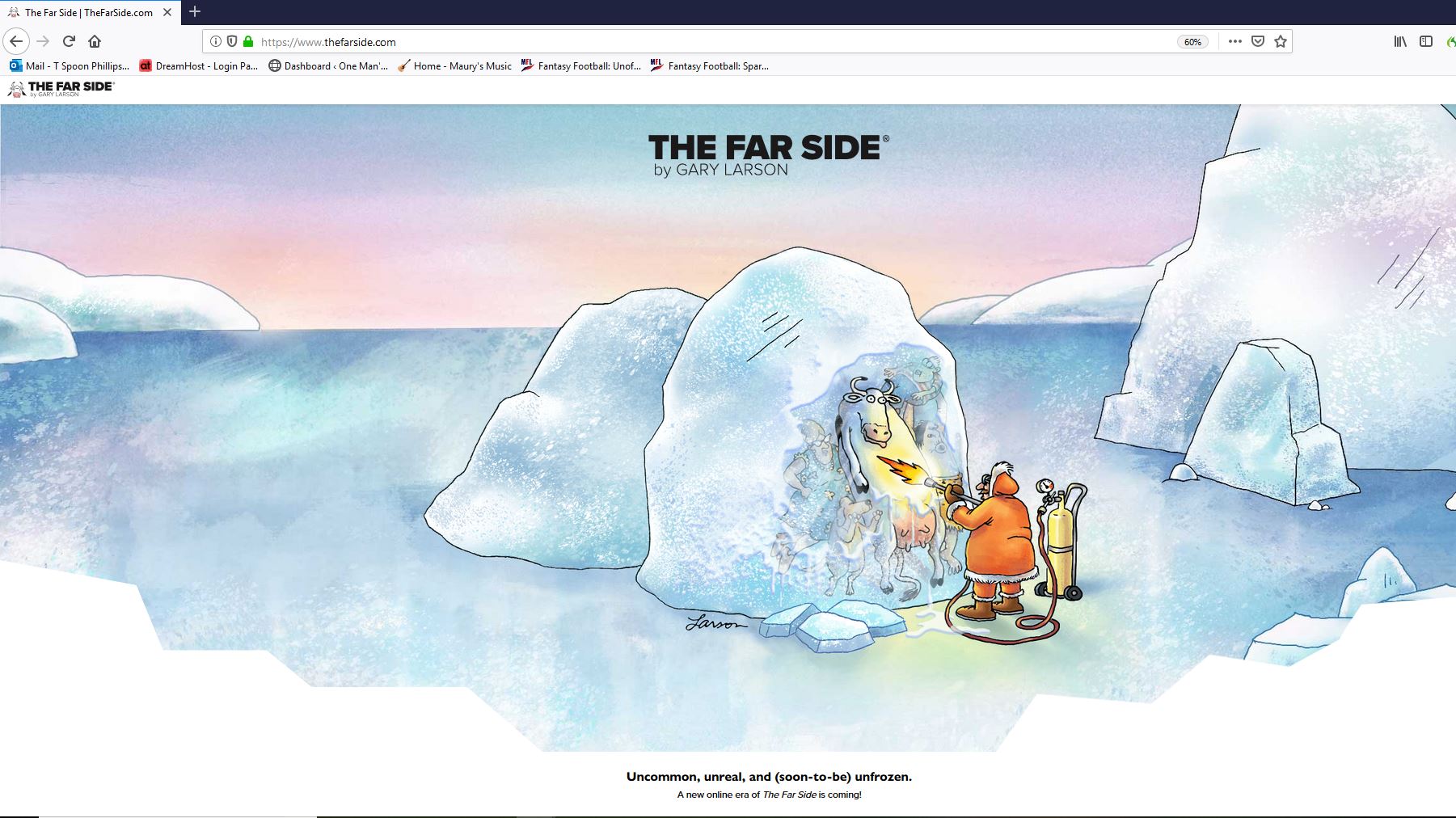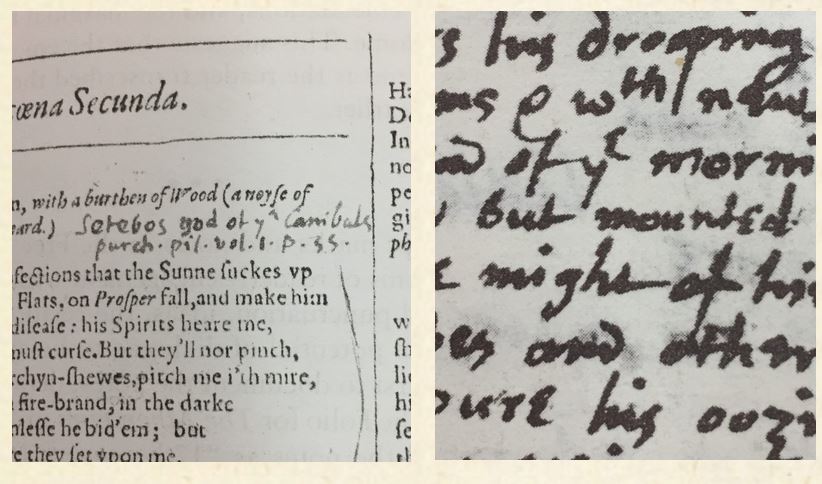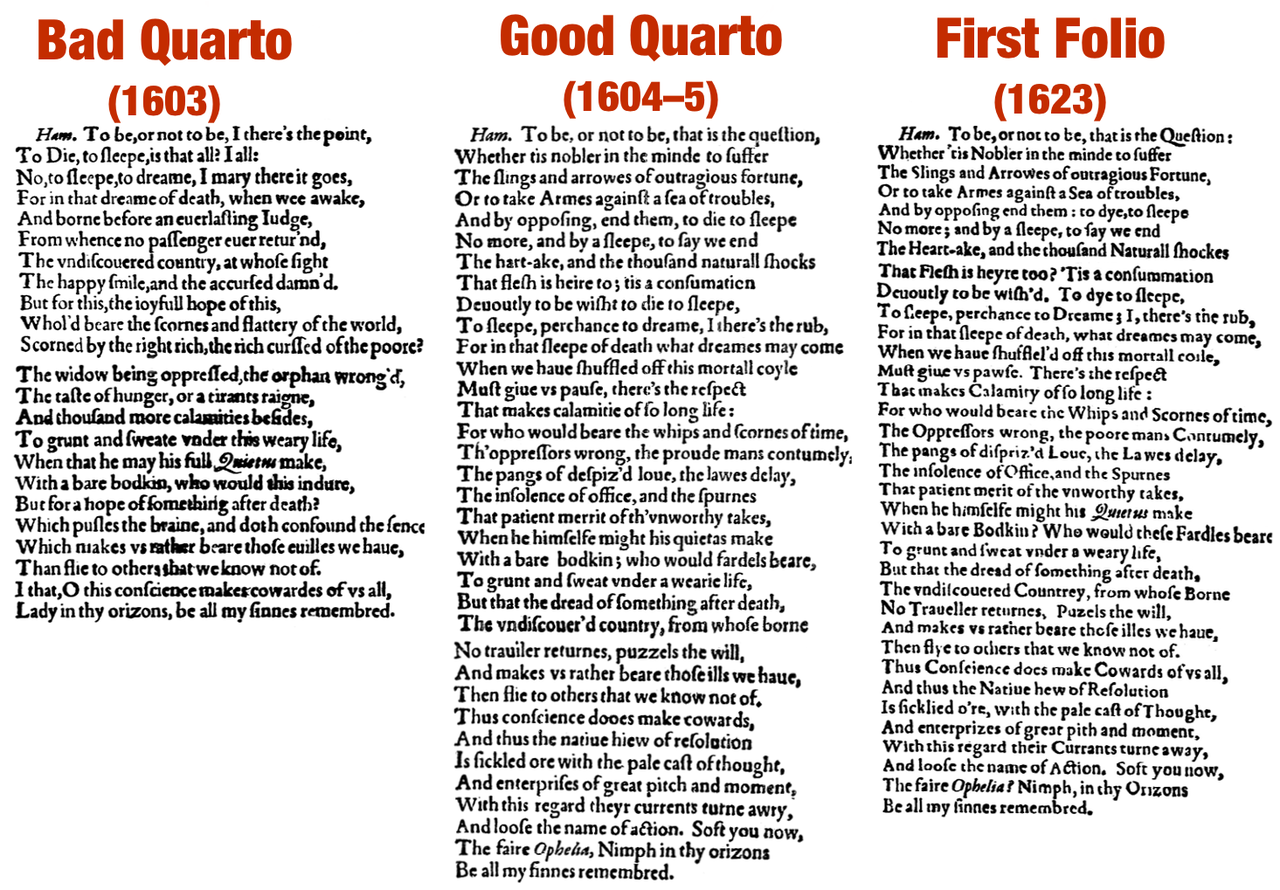Month: September 2019
The Pacific – Monday Map
This map helped win the War in the Pacific, 77 years ago today
(click to enlarge)
The February 1942 issue of National Geographic contained this map entitled the Pacific Theater of War.
It was published less than two months after the coordinated attacks launched by Japan across the Pacific and Western Asia on December 7 – 8, 1941, including the aerial bombardment of Pearl Harbor in the Hawaiian Islands.
It is not an exaggeration to say this map actually helped win the Second World War
On the 30th of September, 1942, a B-17 bomber of the United States Air Force left the island of New Caledonia, 912 miles east of Australia. It was heading to Guadalcanal, in the Solomon Islands, some 830 miles over open seas. On board was Admiral Chester Nimitz, the overall commander of the American force that had been engaged in a ferocious battle on Guadalcanal for nearly two months against the Empire of Japan, which would continue until February of the following year.
Due to poor weather and insufficient navigational charts, the plane was in danger of running out of fuel before it found the way to its destination. But the Admiral’s aide, Commander Hal Lamar, happened to have the February issue of National Geographic in his gear. It contained the map displayed above, which the pilot was able to use to navigate successfully, arriving with a scant few gallons of fuel remaining.
source: natgeo maps
The Admiral and his staff touched down in a driving rainstorm on Henderson Field, where he immediately performed an inspection of the front lines, at a time when it was seriously in doubt that the Americans could hold out against a foe that was determined to win at all costs.
Based on his firsthand assessment, Nimitz’ actions over the coming month included replacing high ranking officers involved in the battle, and proved decisive in the Allies’ first significant victory of their “island hopping” strategy in the Pacific Theater.
Without this map, Admiral Chester Nimitz and his staff could very well have ended up among the 78,700+ American service men and women listed as Missing in Action by the war’s end. And the Battle of Guadalcanal and the ensuing War in the Pacific might have gone very differently.
A wonderfully zoomable map made from the original 1942 map can be seen HERE.
Who doesn’t like brownies?
Not all brownies are as nice
OK, I am geeking out a bit here
I’ve always wanted an NFL jersey, with embroidered numbers and name, not the flimsy sacks with screen printed numbers.
But I think the current Browns uniforms are butt ugly. And official Nike Retro ones cost $100 (compared to $350 for actual game quality jerseys) and not much like actual pre-2010 Reebok jerseys.
And even used ones of players who were complete duds aren’t very affordable and usually the cheapo variety at that.
And then I found it on Ebay at a thrift store. New with tags – $15.
Circa 2011 Reebok On Field Series, Size 48 (not Small, Medium, Large, of the cheaper versions.)
It is a respectable #40.
That is Peyton Hillis, an old-school rhinoceros of a fullback who in 2010 had one phenomenal season for an otherwise forgettable Browns team, so good that he was on the cover of the Madden NFL 2012 video game.
And then he suffered the “Madden Curse,” via bad hamstrings for the rest of his 7-year career, probably due to his coach running him “til the wheels came off” for that one big season.
Hardly a dud, Hillis was a gladiator didn’t start until Game 3, and then gave his all for 1,177 yards rushing, 61 receptions for 1,654 total yards and 13 TDs. On a team that went 5-11. He and Marshall Faulk are the only players to attain more than 130 yards rushing, 3 rushing touchdowns, and 60 yards receiving in a single game.
For $15, this jersey is almost certainly a well-made counterfeit from Asia, but it is good enough for the Brooklyn sports bars.
I am thrilled!
Here is a video showing Peyton Hillis running people over.
Three-Captain Mashup
“Yeah, yeah, yeah, yeahhhhh!”
This is pretty darn clever and very funny, if you are familiar with the references here displayed.
First, the words “I’m your captain” come from a 1970 Grand Funk Railroad song of the same name, still played frequently on Classic Rock radio.
But the photo shows the body and guitar of Jerry Garcia, of the Grateful Dead, known to his fans as Captain Trips, because of that band’s association with Sixties LSD culture and the musical genre known as Acid Rock.
But the head belongs to actor Bob Keeshan, known to America as Captain Kangaroo, the host of a children’s television program that ran from 1955 to 1984.
Depending upon your age, you may not remember Captain Kangaroo.
He most-beloved by most American children. The Walter Cronkite of the pre-schooler set.
But then, if you don’t know Captain Kangaroo, you may not know much about “Uncle Walter.”
Walter Cronkite was once “the most trusted man in America,” trusted by the American people even more than the President of the United States, at a time when that was really saying something.
And during his tenure as the face of American journalism, America went from the idealism of towering figures like Eisenhower and Kennedy to the tarnished figure and flawed ambition of Nixon, who still seems a giant of international diplomacy and political savvy compared to the abysmal abomination we are left with today.
As for Captain Trips, you may not remember him very well either, if all of this is new to you.
But when it comes to far out trips of a musical nature, few compare with the free-form composition “Dark Star,” from the 1960s, it is here performed in the late ’70s.
But that is a bit much, I have included another video below, of a somewhat more conventional medley performed around the same time.
Peace
Now see? Isn’t that meme funny?
Milton on Shakespeare? Literally!
Milton’s hand-annotated copy of Shakespeare’s First Folio found in Pennsylvania
Wishful thinking? Or the real deal?
As announced on 9 September in the blog for the Centre for Material Texts at Cambridge (England,) it has been discovered that the First Folio of William Shakespeare’s works housed at the Free Library of Philadelphia (Pennsylvania) may have once belonged to John Milton, the other immortal lion of English literature, who was 7 years of age when the Bard of Avon died. If confirmed it is one of the greatest discoveries of its kind.
A paradise of Shakespearean scholarship lost but now found?
This classic British detective story begins with an article written by an American college professor, Claire M. L. Bourne, of Penn State University, which appears in the 2019 volume, Early Modern English Marginalia. CMT Director Jason Scott-Warren was impressed with Bourne’s analysis of “highly unusual” annotations left by a writer of exceptional learning who was obviously familiar with Shakespeare’s literary sources, as well as versions of his plays published individually before and just after his death in 1606. The physical evidence suggests the handwritten notes were added between 1625 and 1660.
But the evidence that made Scott-Warren guess the hand was the same that wrote Paradise Lost was purely palaeographical – it looked like Milton’s handwriting.
He goes on to provide photographic comparisons between writing in the Folio and writing in other books believed to have belonged to Milton.
Scott-Warren is quick to downplay his discovery as possible wishful thinking. But he adds postscripts saying he has received support by various scholars who are convinced he is correct. And he includes additional hi-res photography provided by Associate Professor Bourne in support of his hypothesis.
But I feel the contextual evidence is also compelling. Who other than Milton would have corrected the printer’s spelling of an obscure herb with the spelling found in Milton’s nephew’s book?
“If this book is what I think it is, it’s quite a big deal, …” Jason Scott-Warren allows himself to admit with typical English reserve, “… since Shakespeare was, as we know, a huge influence on Milton. The younger poet paid tribute to his forebear in an epitaph published in the Second Folio of 1632, in which he testified to the ‘wonder and astonishment’ that Shakespeare created in his readers.”
The Free Library of Philadelphia’s Book Department also owns copies of the Second, Third, and Fourth Folios, which were published in later years and include other plays attributed to Shakespeare, although all but one, Pericles, Prince of Tyre, have been disqualified by modern scholarship. The Second Folio even contains a poem now assigned to Milton. The Library’s folios are all in the original bindings and were donated in the 1940s by a philanthropic family who had made similar lavish donations to that same institution since the late 1800s.
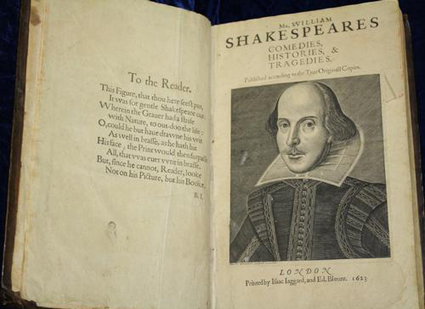 |
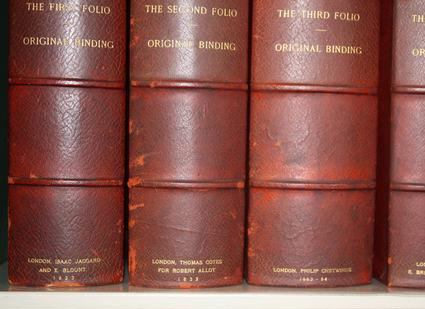 |
Mankind was fortunate that Shakespeare’s fellow actors collected and published the plays of the First Folio seventeen years after his death, as eighteen of these important works might otherwise have been lost to history.
It is also interesting how many of these plays were published previously in smaller volumes, called quartos because the sheets of paper are printed with four pages on each side before being cut to fit into the binding. Some quartos are considered legitimate, and some are counterfeits put out at a time when the playwright’s work was considered exclusive property that one must pay to see performed.
photo: Wikipedia
And Milton, if he is the annotator in question, was familiar with some of these texts and includes references or entire passages not printed in the First Folio. Whoever they were, they knew their Shakespeare cold.
After the blog post appeared, many other scholars have come forward in support of this new discovery. From the Guardian:
“Not only does this hand look like Milton’s, but it behaves like Milton’s writing elsewhere does, doing exactly the things Milton does when he annotates books, and using exactly the same marks,” said Dr Will Poole at New College Oxford. “Shakespeare is our most famous writer, and the poet John Milton was his most famous younger contemporary. It was, until a few days ago, simply too much to hope that Milton’s own copy of Shakespeare might have survived — and yet the evidence here so far is persuasive. This may be one of the most important literary discoveries of modern times.”
And that is pretty darn cool.
Read Jason Scott-Warren’s revelatory blog post HERE
Suggested Reading:
Merlin Fragments Discovered – predate known English versions
Directors Discuss Tennessee Williams, America’s greatest playwright
